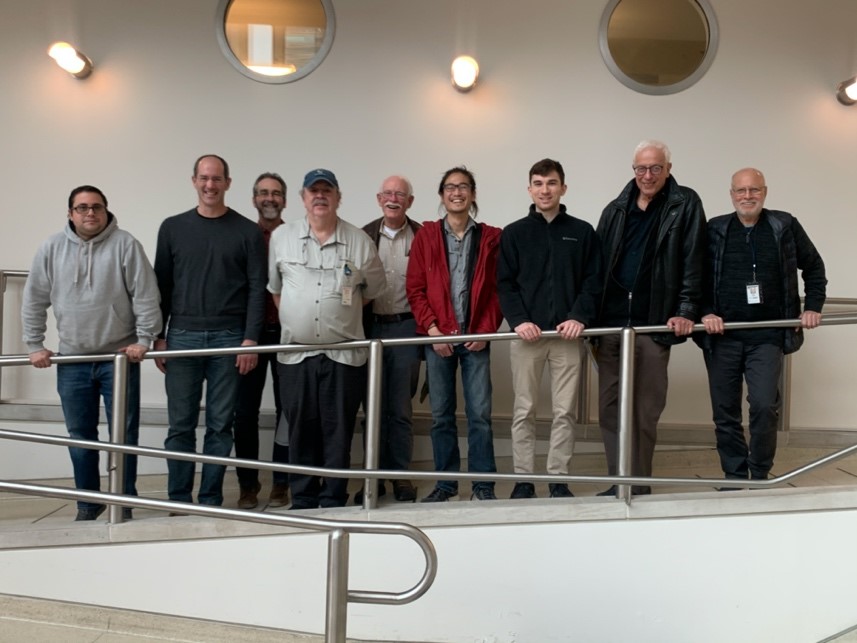Feasibility of Stock Enhancement of Blue Swimmer Crab Portunus pelagicus in the Philippines

With all of the personnel and employees hired for the blue swimmer crab project, the entire team met together for the first time at the Institute of Marine and Environmental Technology (IMET) to devise a plan for the initial trip to the Philippines.
With the overarching goals of the project set, we gathered to identify priorities for the initial trip to the Philippines, slated for the first three weeks in March. During this trip, we will visit the various hatcheries collaborating with PACPI (Philippines Association of Crab Producers) and explore different sites suitable for a mark-recapture study. We plan to release crabs and initiate the study soon after on the second trip.
Marinelle Espino at PACPI informed us that two different hatcheries are in operation on the islands of Bohol and Negros Occidental, and they are currently producing juveniles to the 4th instar (between 4mm-10mm in carapace width). The crabs are possibly a bit smaller than we need for tagging purposes, but it is an exciting development because we can potentially conduct some pilot mark-recapture studies on this first visit. Our initial objectives in the Philippines are to assess production capabilities at the two hatcheries and determine whether we can successfully recapture crabs at various field sites. Once we’ve ascertained that the recapture of marked crabs is possible, we can initiate the next steps to quantify the survival and performance of different stage hatchery-reared juveniles in the wild. Our eventual goal is to expand the selection of our study sites to determine the optimal strategies of maximizing the performance of the released crabs.
We next coordinated with Geraldine Haegen and Lee Blankenship at Northwest Marine Technology on the logistics of using the micro-wire taggers and detectors, which the company generously offered for free use in our project. The taggers allow us to conduct preliminary mark-recapture studies on this trip if the hatcheries are already producing viable juveniles.
Finally, we are currently in the process of acquiring permits for both the collection of crabs and the transport of crab back to the US. These permits are critical not only for the mark-recapture portion of the project but also for the collection of samples for DNA fingerprinting of the juvenile crabs. The genetic component of this project will both expedite and expand the scope of the mark-recapture study. Marinelle informed us that local government units and not the Bureau of Fisheries and Aquatic Resources (BFAR) manage the collection of crabs within waters 15km from the shore. If our study sites fall within these areas, we will then have to contact the local government to acquire the prerequisite permits for the project. This will allow us to initiate a dialogue with the local communities and build capacity with them. We have made substantial progress assembling the team and finalizing the logistics for the project and are excited to begin the mark-recapture study.